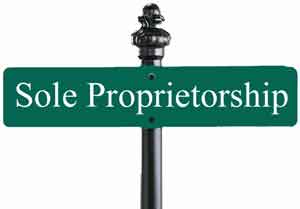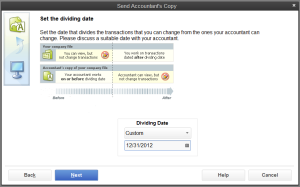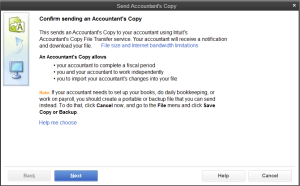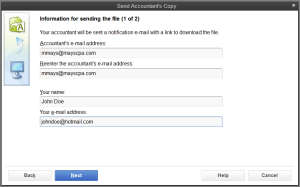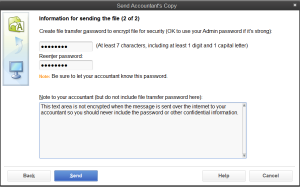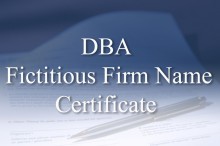Sole Proprietorship – The Most Common Business Form
March 14, 2013 1 Comment
Let’s begin our journey by discussing the most common business entity type, the sole proprietorship. What is a sole proprietorship? Why is it the most common business form? As the most common business form, does this mean it is the best choice for you?
Simply stated, a sole proprietorship is an unincorporated business, owned by one person.
Advantages of a Sole Proprietorship
The number one advantage of this business entity type is ease of setup and termination. Of course, each state, county, and local jurisdiction can have business requirements specific to its jurisdiction, so be sure to check your particular locale to determine exact requirements. You may also be interested in reading my blog, Starting a New Business in the Sunshine State, for a more thorough discussion on items to consider when opening a business in the State of Florida.
One of the reasons the sole proprietorship is so easy to set up is because the IRS views the business as the individual taxpayer. You see, for tax reporting purposes, the income and expenses of a sole proprietorship flow through the individual’s 1040 income tax return. In this regard, think of the business name as an alias of the individual taxpayer, in the same way as someone named Elizabeth may commonly be known by her friends as Beth. Unless the sole proprietorship has employees, it is not required to establish an Employer Identification Number (EIN), although I recommend all businesses do. Check out my article, What is an EIN and Does Every Business Need One, for a more detailed discussion on why I believe it is a good idea to have an EIN, even if you are a sole proprietor without any employees.
So, if a sole proprietorship is relatively easy to set up, and income tax reporting is less complex than other business forms, why should one explore any further? Why should one consider any other business form?
These are all valid questions. To answer them, let’s take a look at the disadvantages of a sole proprietorship.
 Disadvantages of a Sole Proprietorship
Disadvantages of a Sole Proprietorship
Sole proprietorships have limited capital (i.e. cash, assets). Depending upon the wealth of the individual, this can create challenges in starting and growing the business. The sole proprietorship is also subject to limited existence. Death, insanity, or bankruptcy of the owner also terminates the business. However, the number one disadvantage to the sole proprietorship, and the one we will spend the most time exploring, is unlimited liability. Unlimited liability means the owner is personally liable for the business. Consider the following as an illustration:
Let’s pretend you own a bead store. One day, a small child comes in with her mom and is delighted by all the pretty beads. As she meanders about the store quietly admiring the beads, she is enthralled by the various shapes, sizes and colors. Although her mom specifically told her not to touch anything in the store, unbeknownst to you or her mom, the child cannot resist. She accidentally spills a handful of beads not far from the entrance to the store, just before your next patron walks inside. It has been raining cats and dogs, and the customer is in a hurry to get out of the rain. She never notices the beads on the floor as she trips, falls, and breaks her hip.
By now, you see where this is going. And even though your business is very small, perhaps it only just recently opened for business and has no assets to speak of, this matters not. Because as a sole proprietor, you are personally liable.
Granted, this example was created for illustrative purposes, and I was a bit creative in painting the scene. In all seriousness, however, it is important to take these things into consideration as you are selecting a business form. How much risk are you willing to accept? Are you willing to let this risk extend to your personal assets? It is for this reason that many entrepreneurs look beyond the sole proprietorship when choosing the entity type for his/her business.
 Join me next time as we continue our discussion on business entity selection and take a look at the partnership.
Join me next time as we continue our discussion on business entity selection and take a look at the partnership.
This article is provided for information purposes only and should not be relied upon for legal advice. Michelle would be happy to answer business entity selection questions you may have specific to your particular business needs. For more information, please contact Michelle directly.
